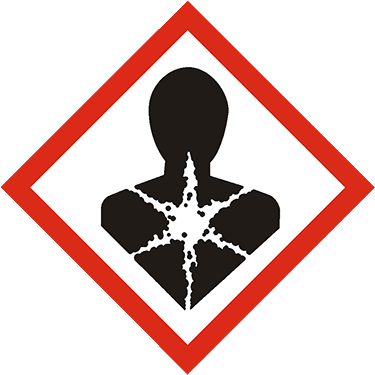Click "Allow Cookies" to consent to storing cookies on your device to improve your experience on our site. Learn more.
1,4-Dichlorobenzene
CAS # 106-46-7
Catalog NumberCat#
M-502-23N
17034 Classification17034 Class.
Certified Reference Material
Number of ComponentsComps.
Storage ConditionStorage
Ambient (>5 °C)
Unit
1 g
Price (USD) Price
$20.00




